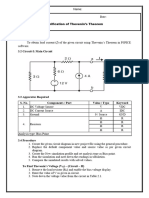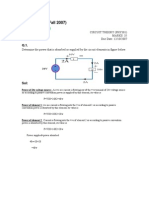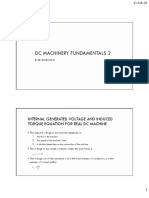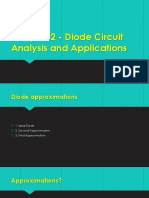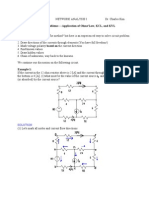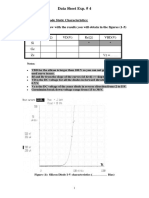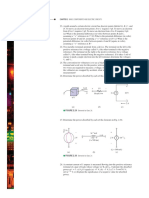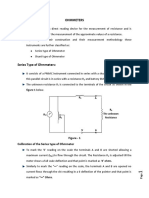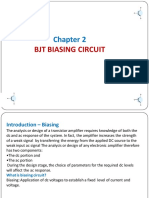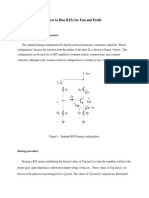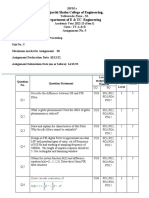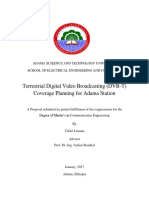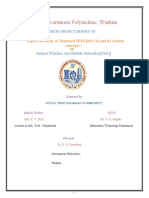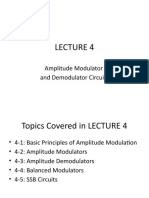0% found this document useful (0 votes)
1K views21 pagesVoltage Divider Bias
This document discusses voltage divider bias configurations for BJT circuits. It provides details on drawing the equivalent input and output circuits, writing the necessary Kirchhoff's voltage law and current law equations, and determining the quiescent operating point through graphical and computational analysis. Examples are also given to illustrate voltage divider bias design calculations for different component values. The goal is to teach students how to properly bias BJT transistors using the voltage divider bias technique.
Uploaded by
Luqman IhsaanCopyright
© © All Rights Reserved
We take content rights seriously. If you suspect this is your content, claim it here.
Available Formats
Download as PDF, TXT or read online on Scribd
0% found this document useful (0 votes)
1K views21 pagesVoltage Divider Bias
This document discusses voltage divider bias configurations for BJT circuits. It provides details on drawing the equivalent input and output circuits, writing the necessary Kirchhoff's voltage law and current law equations, and determining the quiescent operating point through graphical and computational analysis. Examples are also given to illustrate voltage divider bias design calculations for different component values. The goal is to teach students how to properly bias BJT transistors using the voltage divider bias technique.
Uploaded by
Luqman IhsaanCopyright
© © All Rights Reserved
We take content rights seriously. If you suspect this is your content, claim it here.
Available Formats
Download as PDF, TXT or read online on Scribd
/ 21










